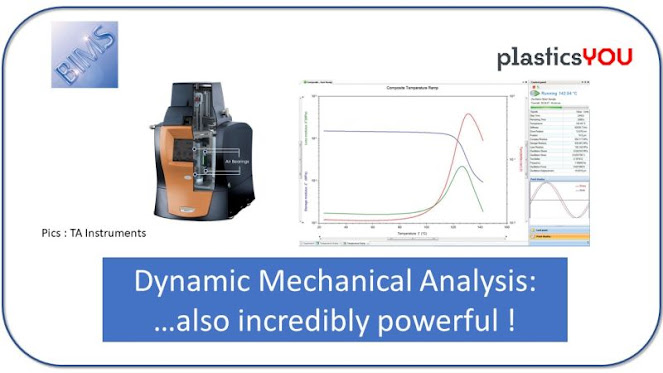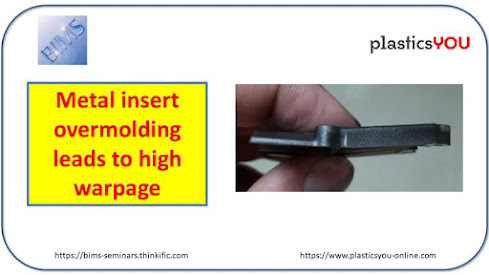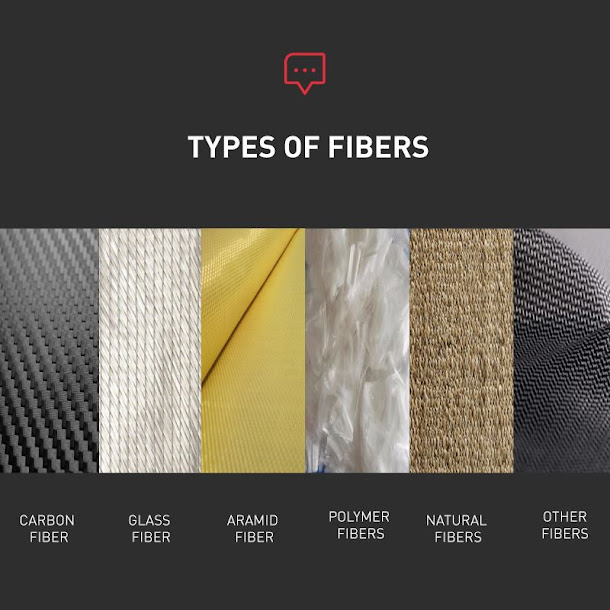Evonik launches VISIOMER® HEMA-P 100

With the launch of VISIOMER® HEMA-P 100, Evonik introduces a Phosphate methacrylate monomer that improves adhesion, reduces corrosion, and provides flame-retardancy. VISIOMER® HEMA-P 100 can act as a dispersant and complexing agent. Incorporated by polymerization, HEMA-P is non-migratory, and the effects are long-lasting. It can act as a dispersant and complexing agent. Incorporated by polymerization, HEMA-P is non-migratory, and the effects are long-lasting. Typical product applications of VISIOMER® HEMA-P include adhesives, coatings, construction and composites: *In acrylic dispersions, HEMA-P acts as an adhesion promoter & anti-corrosive agent (e.g. DTM) *In structural acrylic adhesives, HEMA-P increases adhesion to polar substrates and improves corrosion resistance *In emulsions for wood, textile or paper coatings, HEMA-P enhances the flame-retardancy *To cast PMMA, HEMA-P brings flame-retardancy without compromising transparency or mechanical properties VISIOMER® HEMA-P stand





